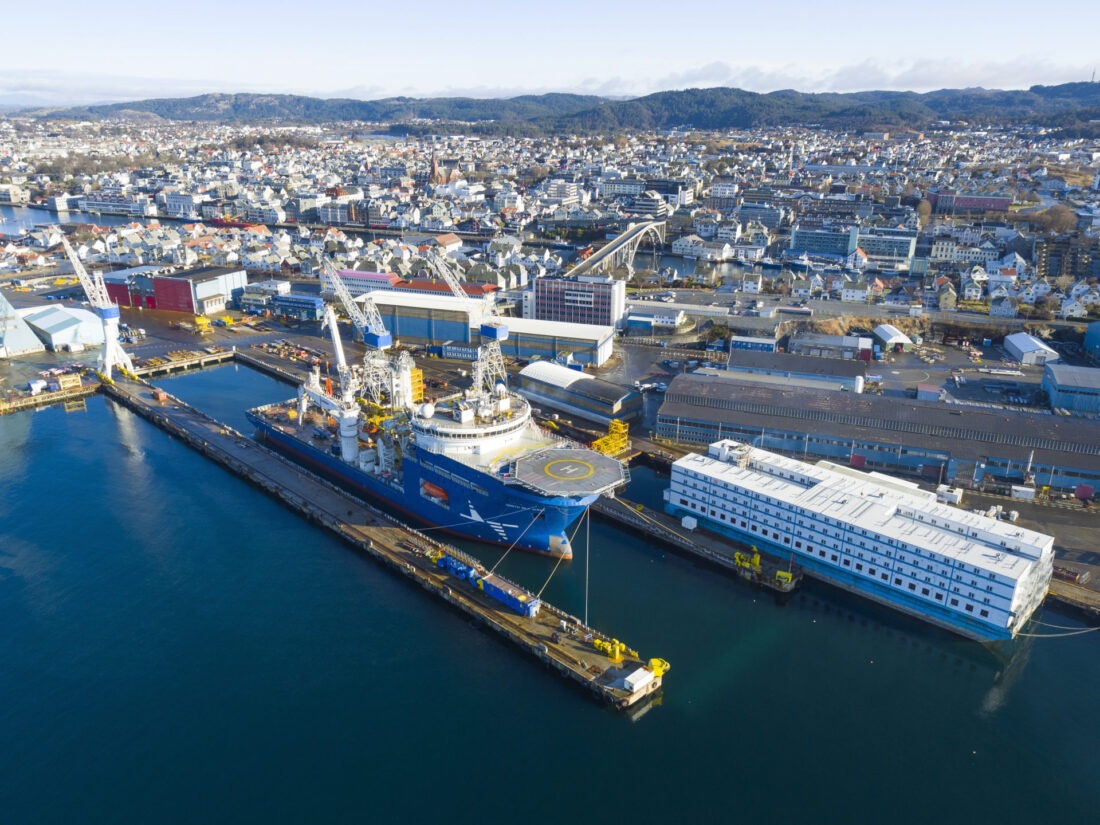North Sea Giant’s SCR Retrofit: A Catalyst for Cleaner Oceans with Support from the Norwegian NOx Fund
In the maritime industry, environmental responsibility is a major concern. The installation of a Selective Catalytic Reduction (SCR) system on board the North Sea Giant vessel represents a significant step in reducing harmful nitrogen oxide (NOx) emissions.
Why SCR Should Be Installed
The decision to retrofit the North Sea Giant with an SCR system is grounded in the environmental responsibility of the ship owner – North Sea Shipping. Nitrogen oxides, released in high quantities by maritime engines, contribute to air pollution and are major contributors to smog, acid rain, and severe health problems such as respiratory diseases.
Improvement in Air Quality
The primary goal of the SCR system is to reduce NOx emissions. This project achieved an 80% reduction in NOx from 9 g/kWh to 1.5 g/kWh. The Norwegian NOx Fund plays a crucial role in improving the air quality in Norway as well as supporting SCR technology and other measures in marine and land-based environments.
Reduction of Social Costs
This collective commitment to environmental protection also helps to reduce the social costs associated with air pollution. Poor air quality leads to increased healthcare expenses due to higher incidences of respiratory diseases.
Overall, the SCR retrofit on the North Sea Giant, coupled with support from the Norwegian NOx Fund, is an exemplary initiative that showcases how retrofit projects can be made easy. This project ensures compliance with regulations, significantly enhances air quality, and curtails the social costs associated with air pollution. It serves as a model for how collaboration with environmental funds can drive us toward a cleaner and more sustainable future for our oceans and planet.

